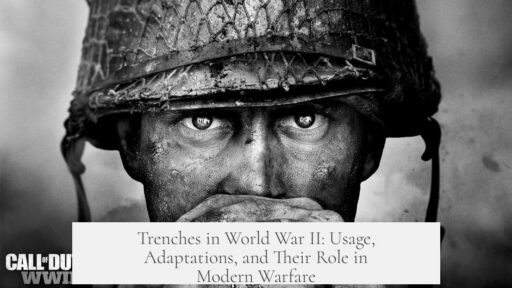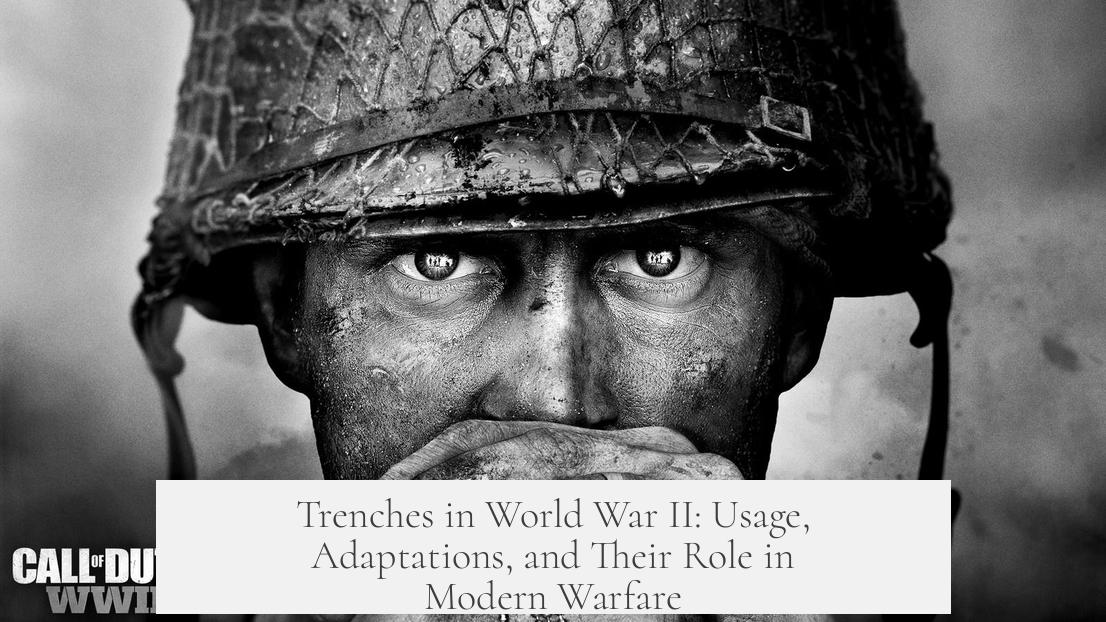Trenches were indeed used in World War II, but their role differed significantly from World War I. While all major combatants utilized trenches, they rarely served as prolonged static front lines. Instead, trenches functioned as temporary protective positions for troops, offering cover from enemy fire during active engagements.
During World War I, trench warfare created static, long-lasting front lines. In contrast, WWII saw more fluid and mobile combat, largely due to new tactics and technology. The German blitzkrieg, or lightning war, swiftly bypassed static defenses, making prolonged trench lines less practical.
For example, during the “Phony War” in late 1939 to early 1940, British and French forces established trenches and other defensive positions. However, these were quickly overcome or abandoned during Germany’s rapid advance in 1940. This highlighted the obsolescence of slow, static trench warfare in the face of mechanized and combined arms operations.
Nonetheless, trenches, foxholes, and fighting holes remained common. They helped secure territorial gains and served as bases for future offensives. The Battle of Kursk in 1943 involved extensive trench systems to consolidate positions and defend against counterattacks. Similarly, Germany’s Siegfried Line and the Atlantic Wall included trench-like fortifications, though they often failed to stop Allied breakthroughs.
The key difference from WWI is that trenches in WWII were more flexible. They were not intended as long-term front lines but as strategic, temporary defensive measures within a dynamic battlefield. This underscores the shift in warfare tactics from static defense to mobility and rapid offense.
- Trenches were employed by all major WWII combatants.
- Used mainly as temporary positions, not static front lines like in WWI.
- Blitzkrieg and mechanization reduced the usefulness of prolonged trench warfare.
- Trenches supported consolidation of gains and preparation of offensives.
- German fortifications (Siegfried Line, Atlantic Wall) included trench elements but were often bypassed or overcome.
Were Trenches Used in WW2, and If They Weren’t, Why Not?
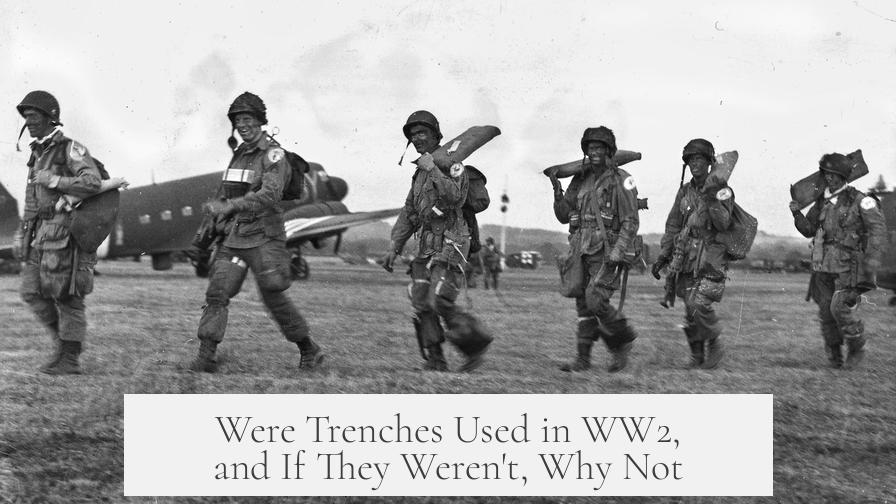
Yes, trenches were indeed used in World War II, but not quite the way they starred in the mud-soaked drama of World War I. While trenches still offered vital protection, their role transformed drastically. The key difference? They rarely became static fronts locked in stalemate for months or years.
Picture World War I: endless zigzags carved into the earth, miles of mud-filled trenches where soldiers lived, fought, and often died without moving much. Now swap that for WW2’s fast-moving, armored blitzkriegs tearing across Europe. The trenches didn’t vanish; they just played a different part in the act.
Trenches: The Classic Combat Cover That Refused to Retire
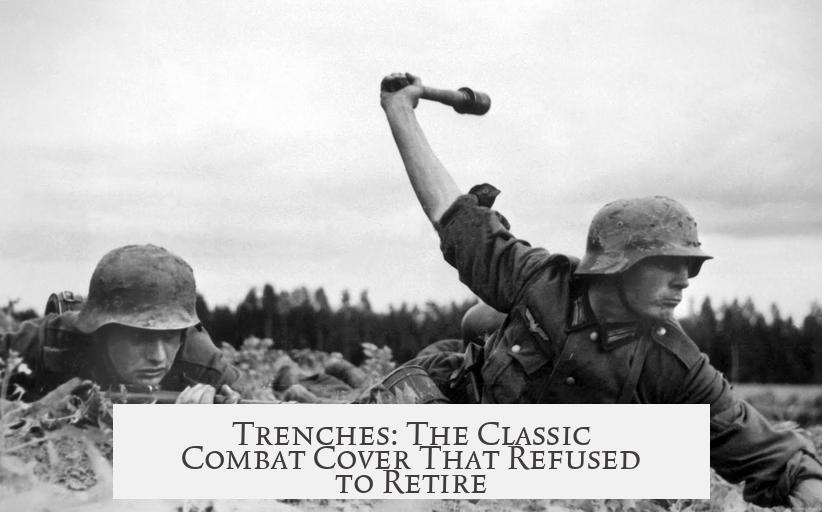
Trenches—be it fighting holes, slit trenches, or foxholes—retained their basic function in WW2: protect soldiers from the lethal hail of enemy fire while allowing them to fight. Every major army dug in when they needed cover. Nobody said “dig now; fight later” went out of style.
But here’s the twist: these trenches were mostly temporary cover or used to consolidate gains. Unlike in WWI where trench lines could last half a year or more, WW2 trenches were more like staging posts. Commanders used them as quick defensive stops or springboards for offensive moves.
The Phony War: Trenches in a Waiting Game
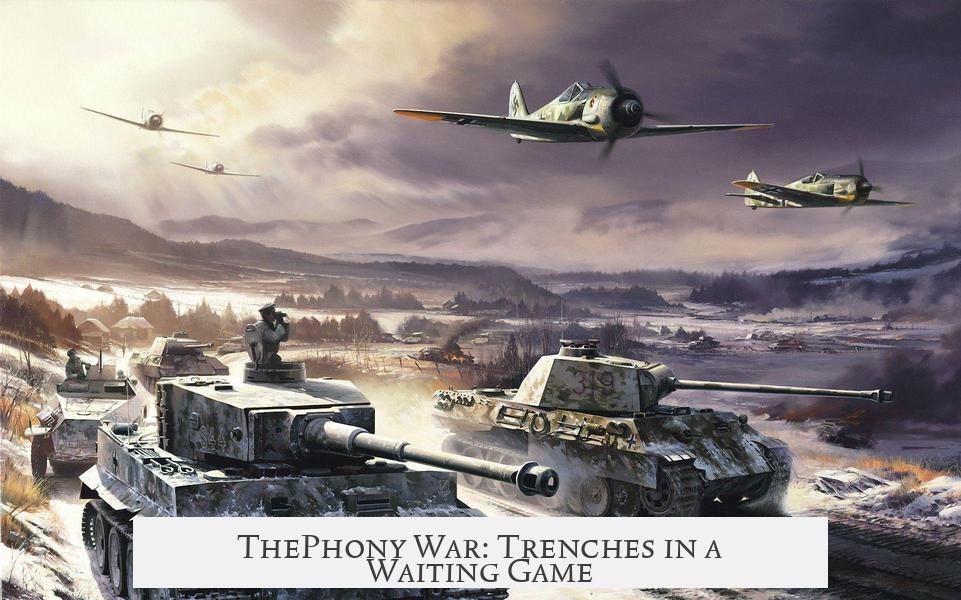
Take the “Phony War” period from October 1939 to April 1940 when the British and French armies dug trenches along the expected front lines. These positions, designed to protect troops, became quite the temporary sandcastles. The German blitzkrieg swept through soon after, overrunning or outflanking those trenches like a swift river breaking through a dam.
This shows how the fast-paced, combined arms tactics broke the mold. The tragedy and stalemate of WWI trench warfare found no repeat performance here.
Why Don’t Trenches Stick Around as Static Fronts?
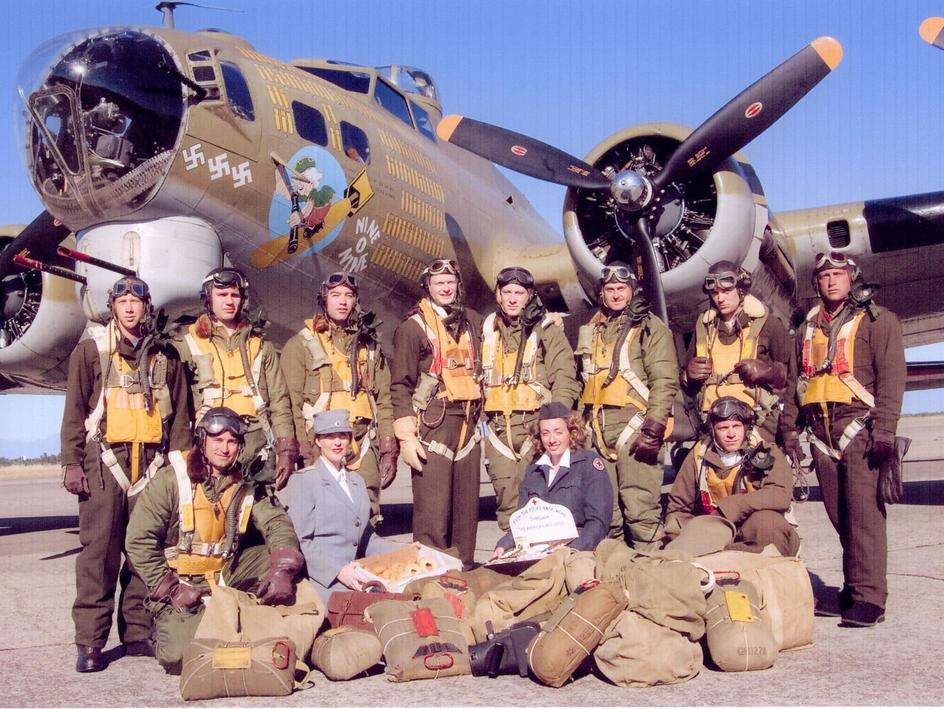
WWI tactics became obsolete. The terrifying effectiveness of mechanized units, tanks, aerial reconnaissance, mobile artillery, and close air support made staying put in a trench for months a dangerous bet. Positions could be bypassed, shelled, or bombed instead of just stormed.
Yet, irony bites: Germany itself didn’t fully abandon the trench mindset when building defenses like the Siegfried Line or the Atlantic Wall. These extensive fortifications were basically giant trench-and-bunker lines, but they too got tested by mobility and firepower that made static defense a gamble.
Trenches as Jumping-Off Points, Not Endpoints
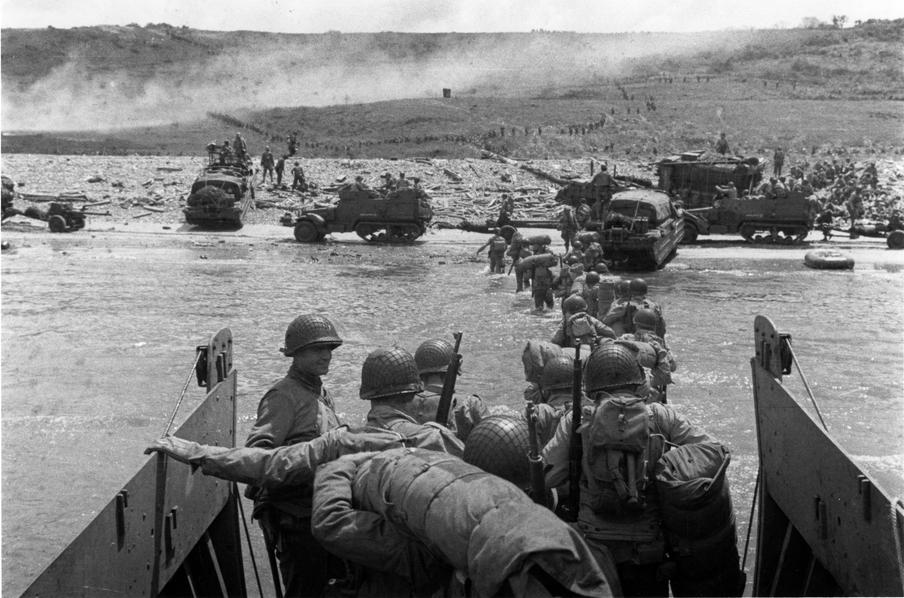
The war a bit like a chess game played at lightning speed. Trenches were no longer holding pens but platforms for launching the next move. For instance, during the Battle of Kursk, which was the largest tank battle in history, the Soviet forces used trench networks to consolidate their positions and prepare for counteroffensives.
In this way, they still mattered. Trenches gave soldiers cover, saved lives, and stabilized lines temporarily—but didn’t anchor armies in place indefinitely.
Practical Tips and Lessons from WW2 Trench Usage
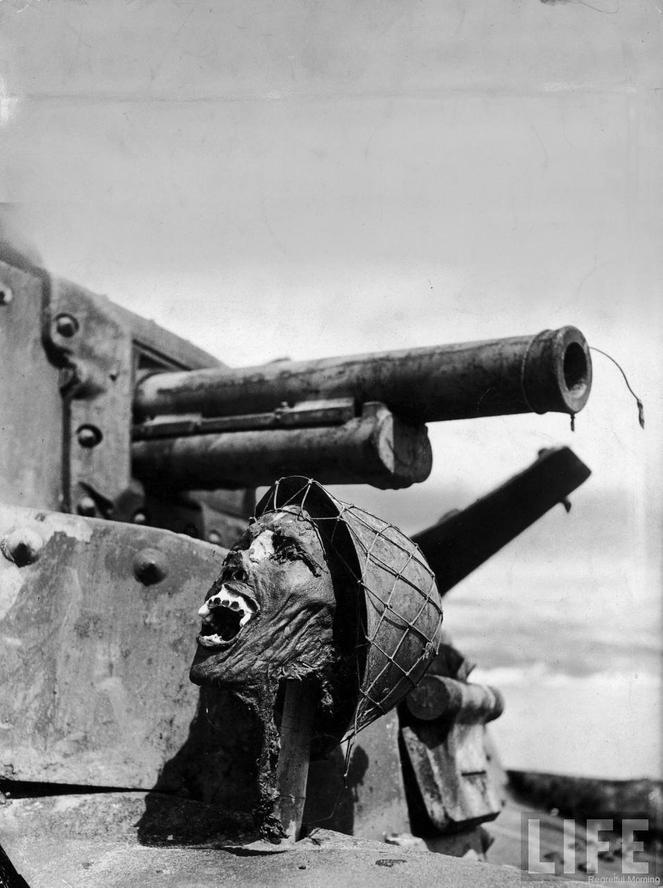
- Dig trenches for defense when advancing fails or pauses. Mobility is king, so trenches should not become permanent homes but shelters during moments of transition.
- Use trenches as tactical pauses. Even in fast wars, not every moment allows rapid movement. Trenches let troops regroup, reinforce, or prepare for fresh pushes.
- Don’t rely solely on trenches. Always combine trenches with other defenses—minefields, armored units, and air support—since static lines alone become sitting ducks.
Comparing WWI and WW2 Trenches: An Earthbound Tale
| Aspect | World War I | World War II |
|---|---|---|
| Duration of Use | Often static for months/years | Temporary, lasting days to weeks |
| Main Purpose | Defensive static front lines | Tactical cover and consolidation points |
| Tactics | Trench warfare, slow attrition | Combined arms, blitzkrieg, maneuverability |
| Design | Extensive networks with depth | Smaller foxholes, slit trenches, fortifications |
Why Does This Historical Angle Matter Today?
Understanding how trenches evolved helps military historians, strategists, and enthusiasts comprehend the shifting nature of warfare. It’s a reminder that tactics must evolve beyond yesterday’s effective tools—no matter how “comfortable” or proven they appear.
The trench remains a symbol—but in World War II, it’s more of a practical coping tool in a highly dynamic theater than a battlefield lifestyle.
Final Thoughts: Trenches Weren’t Dead in WW2, Just Changed Jobs
So, if you wonder whether trenches were used—absolutely! They just weren’t the endless, unchanging ditches of World War I. Instead, trenches worked as quick shelters or launching pads. They helped troops survive harsh firefights but did not hold up entire fronts for half a year or more.
WW2 showcased the triumph of speed, technology, and flexibility over static warfare. Trenches got smarter, shorter gigs, and more specialist roles in the modern combat symphony.
Next time you picture a WW2 battlefield, imagine a fast-moving river instead of a stagnant swamp—and trenches as little islands where soldiers catch their breath before plunging forward again.
